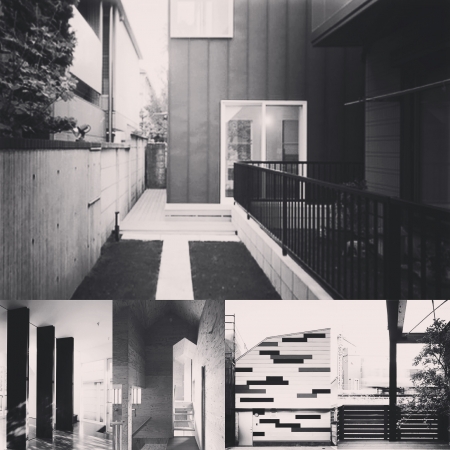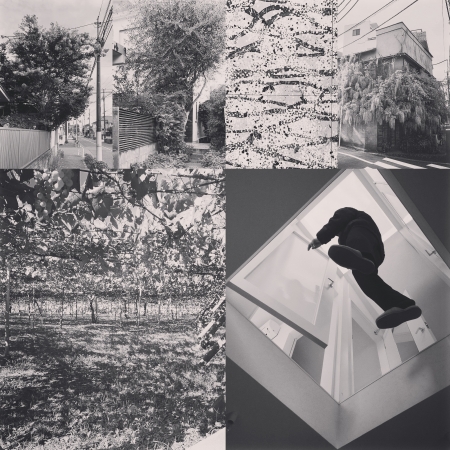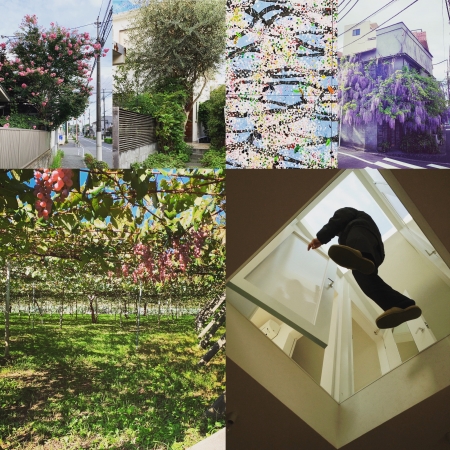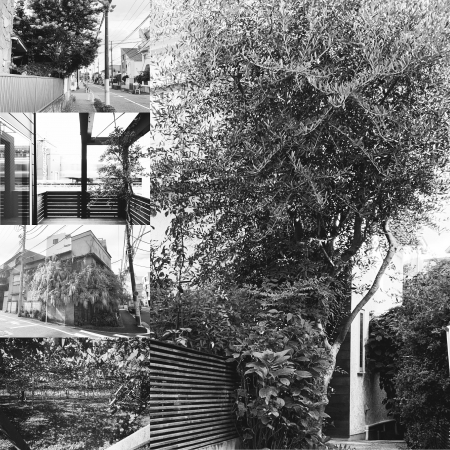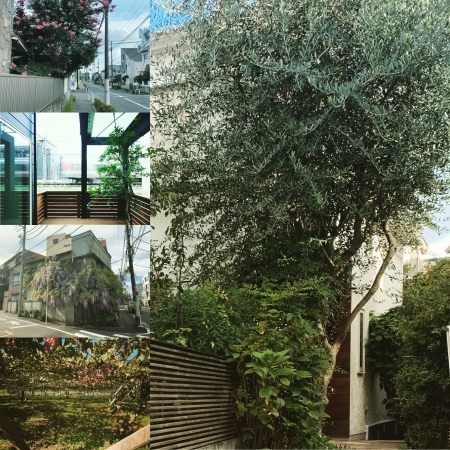関係性には2つあると思った。周辺環境と結びつこうとする関係性と自らの内あるものとの関係性である。建築は規模が大きいため周辺環境に与える影響は大きく、また規模が大きい故に周りから受ける影響も大きい。よって必然的に周りとの関係性が生まれてしまう。また建築自体の内側にも関係性はあり、その建築が生まれる前と後のつながりである。例えば建替えならば以前の建築との関係性である。ほとんどの場合、以前の建築とは断絶し新しい建築が生まれる。建替えにはそれ相応の理由があり、大概は以前の建築が使えないから建替えるので断絶が必然的に起こる。面白いもので新しい建築が生まれる時、必然的に周りとの関係性は生まれ、必然的に以前の建築とは断絶が起きる。この必然的という言葉には積極性は無いので、関係性が生まれたところでそれを活かす訳でも無く、断絶があったところでそれを回避しようとはしない。ただ中には必然的に生まれる周りとの関係性を利用し、断絶を回避しようとする動きもある。しかし、それは新しい建築が生まれるには断絶は避けられないので、そのための償いとして周りとの関係性を利用しようと捉えることもできる。ならば一番的確なことは断絶を起こさないで新しい建築をつくることではないかと考えた。
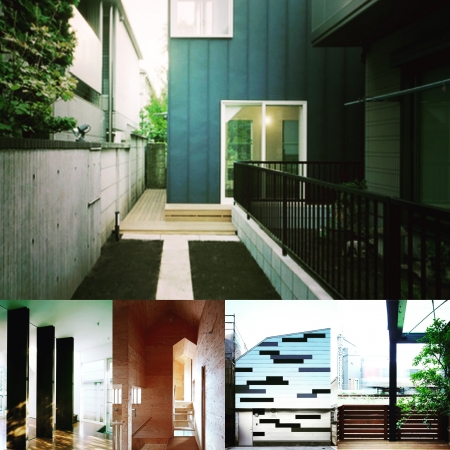
"Creating a new architecture that does not cause discontinuity"
I think there are two relationships. The relationship that tries to connect with the surrounding environment and the relationship with what is inside oneself. Since the scale of the building is large, it has a large impact on the surrounding environment. This inevitably creates a relationship. There is also a relationship within the architecture itself, a connection between before and after the architecture was born. For example, in the case of rebuilding, it is the relationship with the previous architecture. In most cases, new architecture is born, breaking away from the previous architecture. There is a reasonable reason for rebuilding, and in most cases it is rebuilding because the previous building cannot be used, so a discontinuity will inevitably occur. When interesting new architecture is born, it inevitably creates a relationship with the surroundings, and inevitably causes a discontinuity with the previous architecture. This word "inevitable" does not have positiveness, so even if a relationship is born, it will not be used, and if there is a discontinuity, it will not be avoided. However, there are also moves to avoid severance by taking advantage of the relationships that inevitably arise with those around them. However, since discontinuity is inevitable for the birth of new architecture, it can also be considered to use the relationship with the surroundings as compensation for that. Then, I thought that the most accurate thing would be to create a new architecture without causing a discontinuity.


